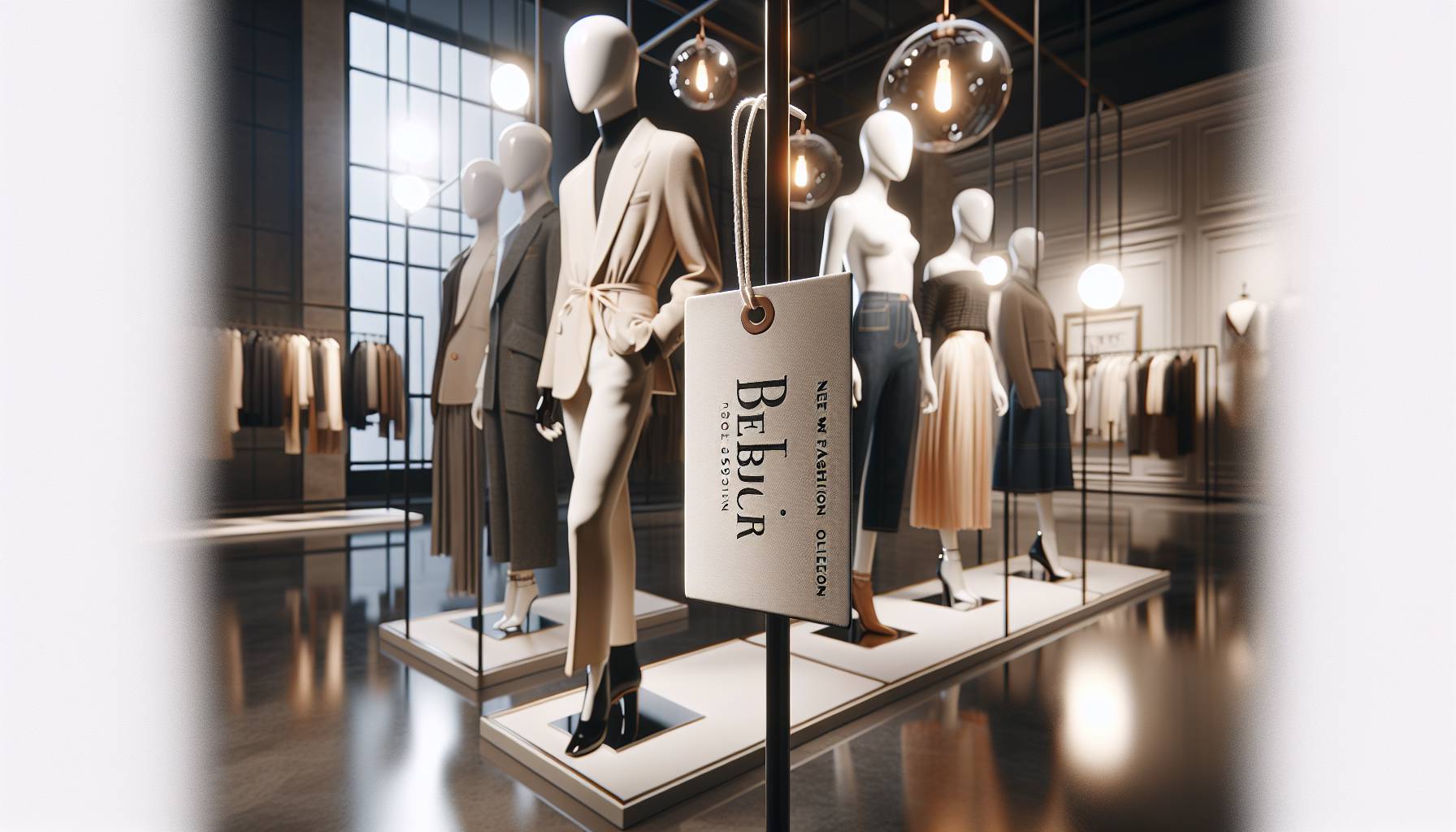Video summary and key highlights
The video from WUSA9 provides a concise overview of a recent incident that has garnered significant public attention. It opens with footage from the scene, showing emergency responders and law enforcement officials actively managing the situation. The anchor narrates key developments, including the timeline of events, the individuals involved, and the immediate actions taken by authorities.
One of the primary highlights includes statements from local officials, who confirmed that the incident began shortly after midday and prompted a swift lockdown of the surrounding area. Eyewitness accounts featured in the video describe moments of confusion and urgency, with several people recounting how they were instructed to shelter in place while authorities assessed the threat.
The video also includes commentary from experts who provide insight into the broader implications of the event, particularly in terms of public safety and emergency preparedness. Visuals of the response effort, including aerial shots and on-the-ground interviews, help to contextualise the scale and seriousness of the situation.
Key takeaways from the video include:
- Confirmation of the timeline and location of the incident
- Details about the individuals involved and their current status
- Statements from law enforcement and emergency services
- Eyewitness reactions and community impact
- Expert analysis on the potential causes and future preventative measures
Throughout the video, the tone remains factual and measured, aiming to inform viewers without causing unnecessary alarm. The coverage concludes with a note that investigations are ongoing and that further updates will be provided as more information becomes available.
Background and context
The incident occurred in a densely populated urban area, which has historically been considered a low-risk zone for such emergencies. According to local authorities, the location had no prior record of similar events, making the sudden escalation particularly alarming for residents and officials alike. The area is home to a mix of residential buildings, small businesses, and public facilities, which contributed to the complexity of the emergency response.
Initial reports suggest that the situation unfolded rapidly, with little to no warning. Law enforcement sources indicated that the first emergency calls were received within minutes of the disturbance, prompting an immediate dispatch of police and medical personnel. The swift response was aided by recent upgrades to the region’s emergency communication systems, which allowed for real-time coordination between multiple agencies.
Authorities have confirmed that the individuals involved were known to each other, and early investigations point to a domestic dispute that escalated beyond control. This context has shifted the focus of the inquiry toward understanding the underlying causes, including any history of conflict or prior police involvement. Investigators are also examining whether any warning signs were missed and if intervention could have prevented the escalation.
In the days leading up to the incident, there were no public alerts or indicators that might have suggested an imminent threat. However, neighbours have since come forward with anecdotal accounts of tension and unusual behaviour, which are now being reviewed as part of the broader investigation. These testimonies may provide crucial insight into the timeline and motivations behind the event.
From a policy standpoint, the incident has reignited discussions around community safety protocols and the availability of mental health support services. Local government representatives have acknowledged the need for a more proactive approach in identifying and addressing potential risks within the community. This includes reviewing current intervention strategies and ensuring that support systems are accessible and adequately resourced.
As the investigation continues, authorities are working closely with forensic experts and legal advisors to piece together a comprehensive narrative of what transpired. Surveillance footage, digital communications, and witness statements are being analysed to establish a clear sequence of events and determine whether any legal charges will be pursued.
Public response and implications
The public response to the incident has been swift and emotionally charged, with many community members expressing shock and concern over the events that unfolded. In the immediate aftermath, local residents gathered at community centres and public forums to seek information, share their experiences, and voice their frustrations. Social media platforms were quickly flooded with posts ranging from calls for calm to demands for accountability, reflecting a broad spectrum of emotions and opinions.
Community leaders and advocacy groups have stepped forward to support those affected, organising counselling services and outreach programs to help residents process the trauma. Several local organisations have also launched initiatives aimed at fostering dialogue around domestic violence, mental health, and community safety—issues that have come to the forefront in light of the incident. These efforts have been widely praised for their inclusivity and responsiveness, particularly in addressing the needs of vulnerable populations.
Politically, the incident has prompted renewed scrutiny of existing policies and emergency response protocols. State and local officials have faced questions about whether warning signs were overlooked and if more could have been done to prevent the escalation. In response, some lawmakers have proposed legislative reviews and potential reforms, including increased funding for mental health services and improved training for first responders dealing with domestic disputes.
Public sentiment has also influenced media coverage, with many outlets choosing to focus on the human impact of the event rather than sensationalising the details. This shift in tone has been welcomed by advocacy groups, who argue that responsible reporting can play a crucial role in promoting awareness and encouraging constructive dialogue. At the same time, there has been criticism of misinformation circulating online, prompting calls for clearer communication from official sources during emergencies.
In schools and workplaces across the region, the incident has sparked conversations about safety preparedness and emotional wellbeing. Educators and employers have reported an uptick in requests for support services, and some institutions have begun reviewing their internal protocols to ensure they are equipped to respond effectively in crisis situations. These developments suggest a growing recognition of the need for a holistic approach to community resilience, one that goes beyond immediate response to address long-term recovery and prevention.
Video summary and key highlights
The video from WUSA9 captures a striking moment in Washington, D.C., where a group of women gathered to protest the lack of diversity and inclusion in the fashion and beauty industries. The footage highlights a powerful visual: women of colour dressed in bold, statement-making ensembles, standing in solidarity on the steps of the Lincoln Memorial. Their fashion choices—vibrant prints, natural hair, and unapologetic styling—served as both personal expression and political statement.
Key highlights from the video include:
- A moving speech by a Black female designer who called out the systemic barriers faced by minority creatives in the fashion world.
- Interviews with models and stylists who shared personal experiences of exclusion and tokenism within major fashion houses and campaigns.
- Visuals of protest signs reading “Fashion is Political” and “Representation Matters,” underscoring the message that style is inseparable from identity and equity.
- Coverage of a pop-up runway show staged on the National Mall, featuring emerging designers from underrepresented backgrounds showcasing inclusive, body-positive collections.
The video’s tone is both empowering and urgent, resonating with a global audience that’s increasingly demanding accountability and authenticity from the fashion industry. For Australian viewers, it’s a timely reminder of the importance of amplifying diverse voices—not just overseas, but within our own fashion landscape as well.
Background and context of the story
The protest in Washington, D.C. didn’t emerge in a vacuum—it’s the latest chapter in a long-standing conversation about race, representation, and power within the global fashion industry. For decades, women of colour have been underrepresented on runways, in editorial spreads, and behind the scenes in design and executive roles. Despite the industry’s outward embrace of diversity in recent years, many insiders argue that the change has been more performative than structural.
In the U.S., the Black Lives Matter movement reignited calls for equity across all sectors, including fashion. Major brands were called out for tokenistic casting, lack of cultural sensitivity, and failing to support Black creatives beyond surface-level campaigns. This protest, staged at the symbolic Lincoln Memorial, was a direct response to those frustrations—an assertion that fashion must do more than just include diverse faces; it must empower diverse voices.
For Australian audiences, the parallels are striking. Our own fashion industry has faced criticism for its narrow beauty standards and lack of Indigenous and multicultural representation. While there have been strides—such as the rise of First Nations designers and models on major runways—systemic change remains slow. The D.C. protest serves as a global mirror, reflecting the need for deeper, more meaningful inclusion here at home.
What makes this moment particularly resonant is the way fashion is being used as a tool of resistance. The women at the protest weren’t just making political statements—they were making style statements. Their looks were curated with intention: bold prints rooted in cultural heritage, natural hairstyles that defy Eurocentric norms, and silhouettes that celebrate all body types. It’s a reminder that fashion is never just about clothes—it’s about identity, visibility, and power.
As the industry grapples with its future, this protest underscores a critical truth: inclusion isn’t a trend, it’s a necessity. And for Australian designers, editors, and consumers alike, it’s a call to action to ensure our fashion spaces reflect the full spectrum of our society—not just in image, but in influence.

